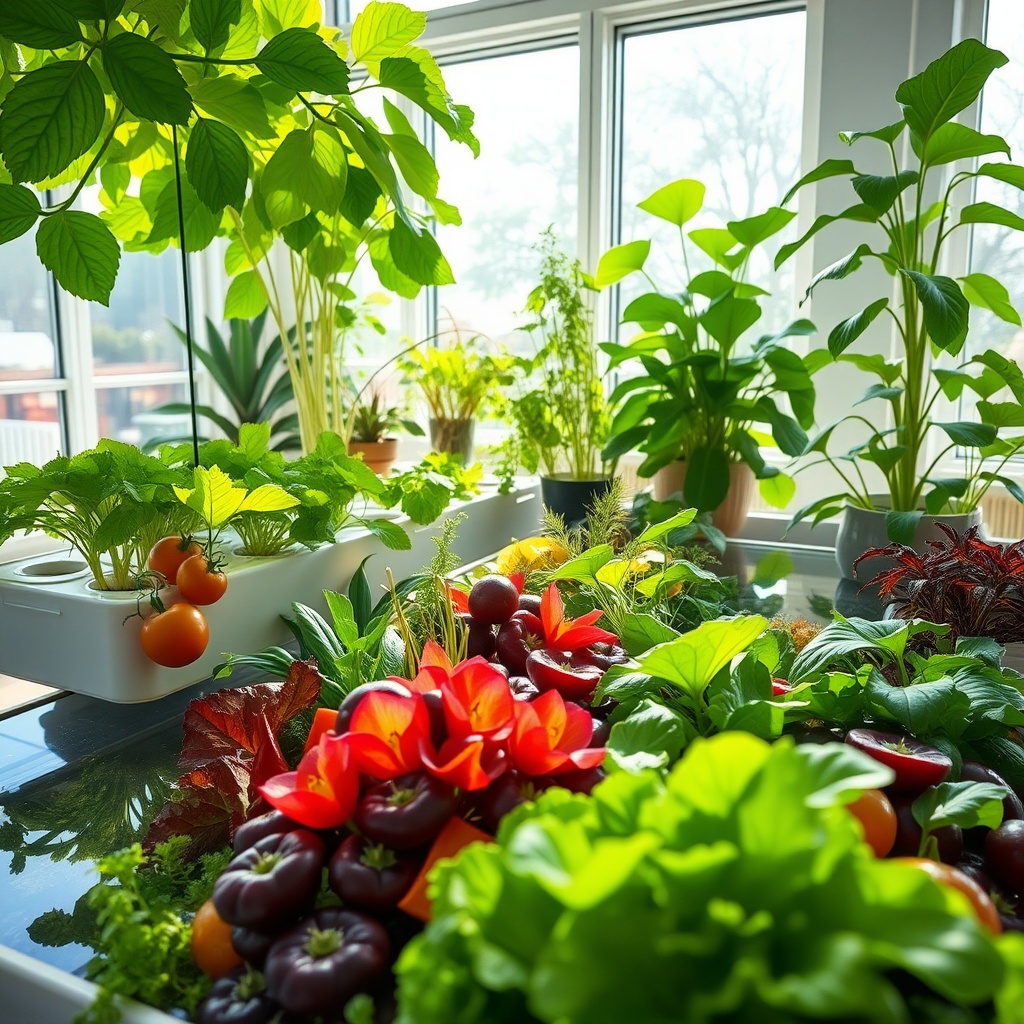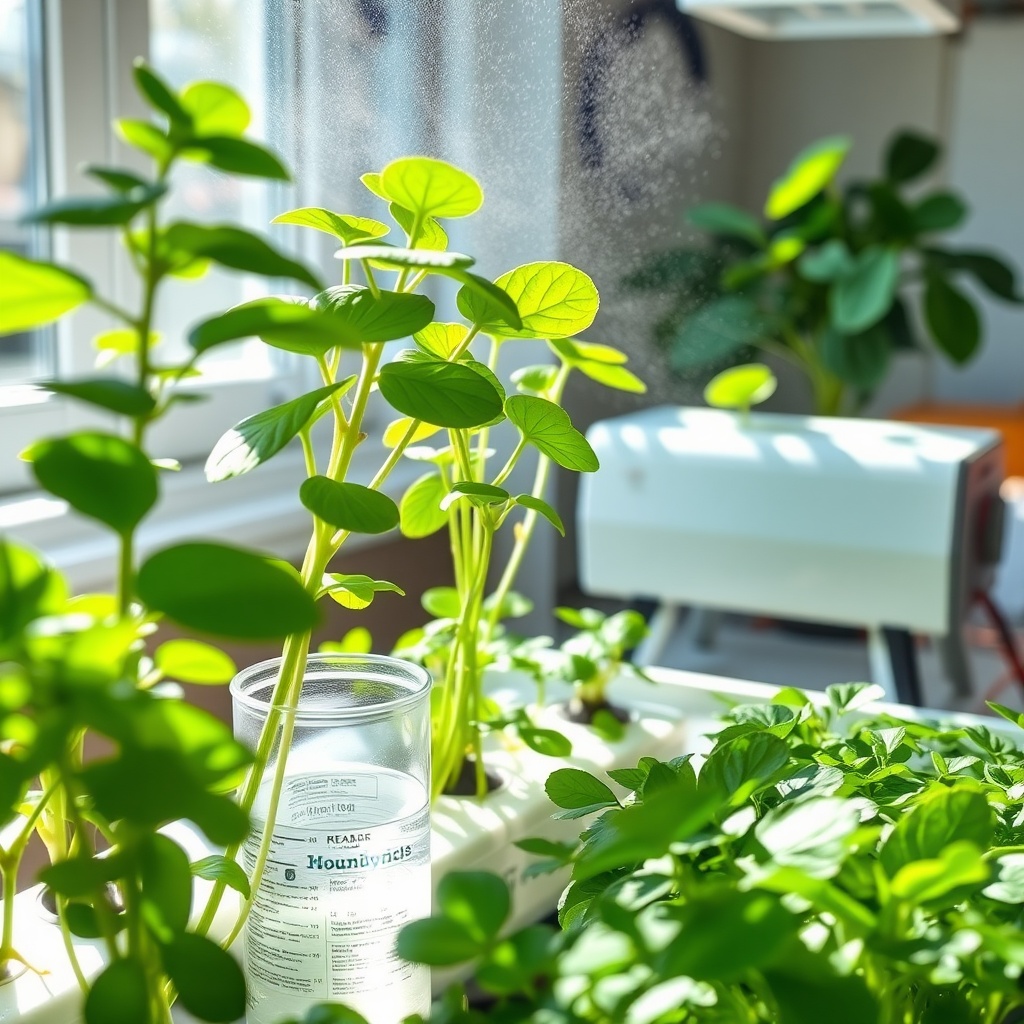Understanding Seasonal Changes in Hydroponics
As a hydroponic gardener, you might think that your indoor garden is immune to the whims of the seasons. However, the truth is that seasonal shifts can have a significant impact on the growth and health of your plants. Recognizing these changes is the first step in ensuring that you can successfully cultivate your greens all year round. By understanding how temperature, light, and humidity fluctuate with the seasons, you can make informed adjustments to your system.
Essential Seasonal Adjustments
Adjusting your hydroponic setup requires a proactive approach, especially as the seasons change. Here are some essential changes you should consider implementing for optimal growth:
- Temperature Control: Ensure that your nutrient solution stays within the ideal temperature range for your plants.
- Lighting Adjustments: As days get shorter in winter, you may need to supplement your lighting to provide adequate photosynthesis.
- Humidity Management: Monitor humidity levels, which may drop during colder months, and use humidifiers if necessary.
- Nutrient Solution Alterations: Seasonal temperature changes can affect nutrient uptake; adjust your nutrient mix accordingly.
Strategies for Year-Round Success
Adapting to seasonal changes is crucial for maintaining a thriving hydroponic garden. Here are some strategies to ensure your plants flourish, no matter the season:
- Plan Your Planting Schedule: Choose crops that grow well in each season. For example, leafy greens thrive in cooler temperatures while tomatoes prefer warmth.
- Invest in Climate Control Systems: Utilize heaters or air conditioners to maintain a consistent environment.
- Regular Monitoring: Use sensors to keep an eye on temperature and humidity, allowing for immediate adjustments.




